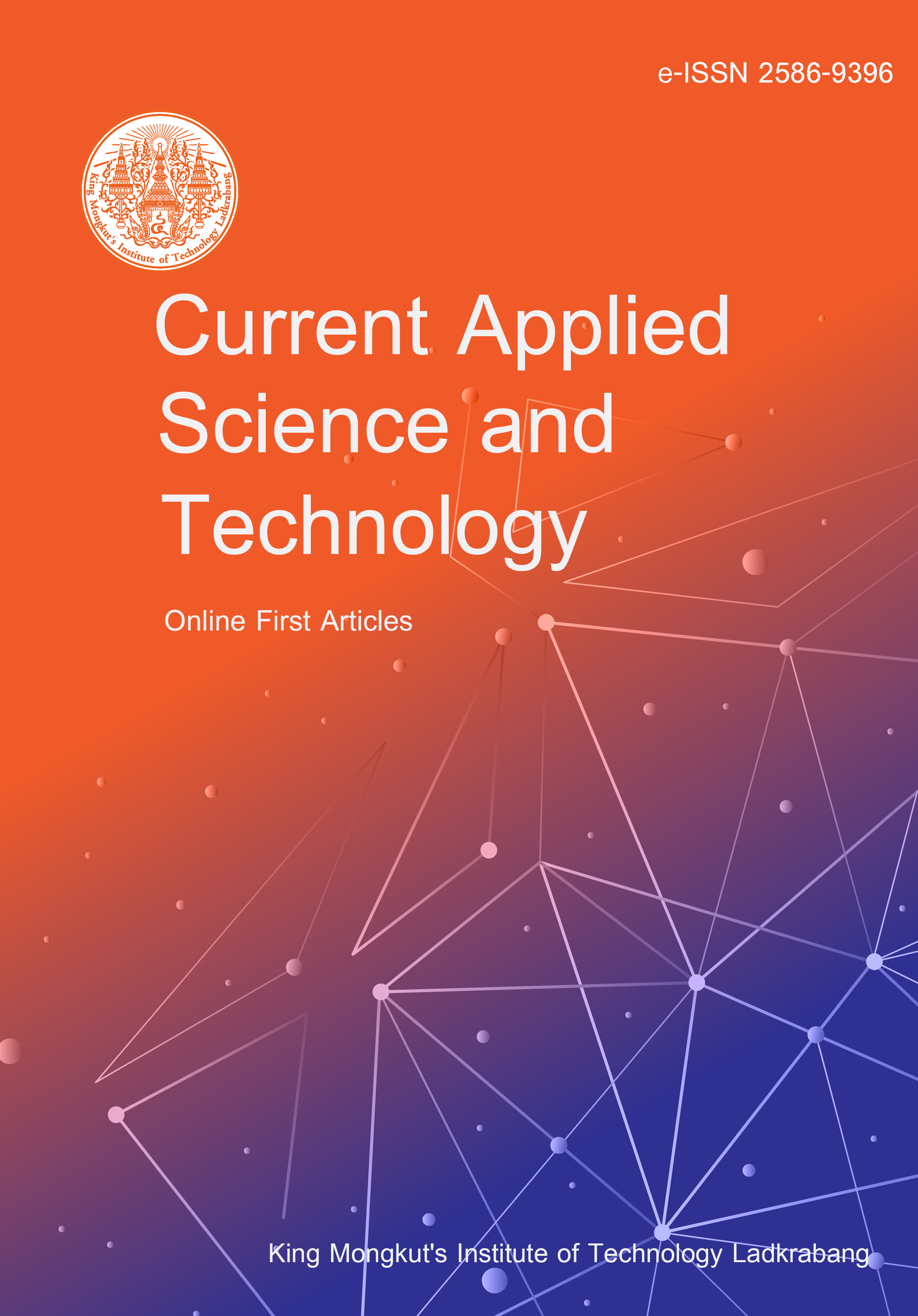The aim of the current research was to explore the chemical composition and antimicrobial efficacy of several extracts derived from in vitro calli and plantlet cultures of C. forskohlii. According to the findings, C1 treatment (1.0 mg/L 2,4-D + 0.5 mg/L Kin) was the most suitable for inducing friable calli in both explants (leaf and root). Regarding the plantlet culture, it was discovered that using MS medium supplemented with 0.5 mg/L Kin was preferable for the multiplication of shoots. It was also noted that 0.5 and 1.0 mg/L cytokinin treatments recorded the maximum rooting percentage (100%). HPLC identified 14 phenolic and flavonoid compounds in both the aqueous and methanol fractions. The major component was gallic acid, which had the highest concentrations (23.43 and 23.62 µg/g DW) in the calli of root and leaf, respectively, in 80% methanol extract and 37.0 µg/g DW in aqueous extract of plantlet culture. According to GC-MS analysis of inorganic extracts (chloroform and ethyl acetate), fatty acid compounds appeared to be the main components in the chloroform fractions of different extracts. The most prevalent was 9,12-octadecadienoic acid, methyl ester, at rates of 16.33%, 11.69%, and 25.11% in callus culture from root, and leaf, and in plantlet culture, respectively. For ethyl acetate extracts, 1-butanol-3-methyl acetate (isoamyl acetate) was the most abundant compound in the extracts, recorded at 48.29%, 44.90%, and 46.06% in callus culture from the roots and leaves, and from plantlet culture, respectively. The antimicrobial activity of the various extracts revealed that the methanol extract was the most effective, inhibiting the growth of all pathogenic microorganisms when tested at 300 µg/mL, and demonstrating broad visibility efficacy against bacteria and molds, with MIC ranging from 125 to 260 ppm.
Ibrahim, M. ., Asker, M. ., & Taha, H. . (2025). Assessments of Chemical Constituent and Antimicrobial Activity in In Vitro Cultures of Coleus forskohlii. CURRENT APPLIED SCIENCE AND TECHNOLOGY, e0261168. https://doi.org/10.55003/cast.2025.261168

